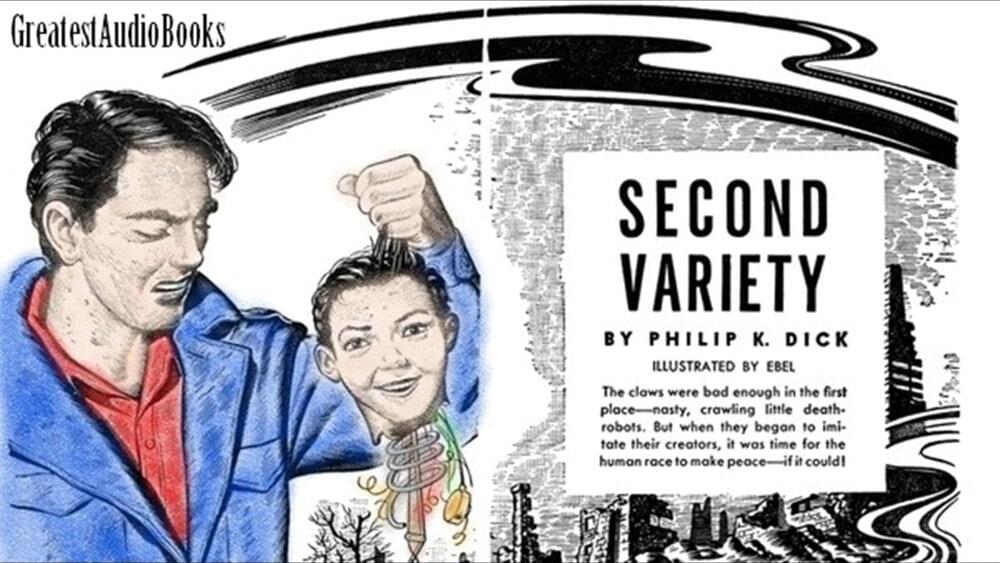Mar 7, 2023
New Results From NASA’s DART Mission Confirm We Could Deflect Deadly Asteroids
Posted by Dan Breeden in categories: asteroid/comet impacts, existential risks
This larger-than-expected result shows the change in Dimorphos’ orbit was not just from the impact of the DART spacecraft. The larger part of the change was due to a recoil effect from all the ejected material flying off into space, which Ariel Graykowski of the SETI Institute and colleagues estimated as between 0.3 percent and 0.5 percent of the asteroid’s total mass.
A First Success
Continue reading “New Results From NASA’s DART Mission Confirm We Could Deflect Deadly Asteroids” »


















